October 29, 2025
Data Shows Endangered Palau Ground Doves Swiftly Recovering After Successful Palauan Island Conservation Effort
Astounding evidence of recovery on Ulong Island in Palau after just one year!
Published on
May 4, 2017
Written by
Emily Heber
Photo credit
Emily Heber
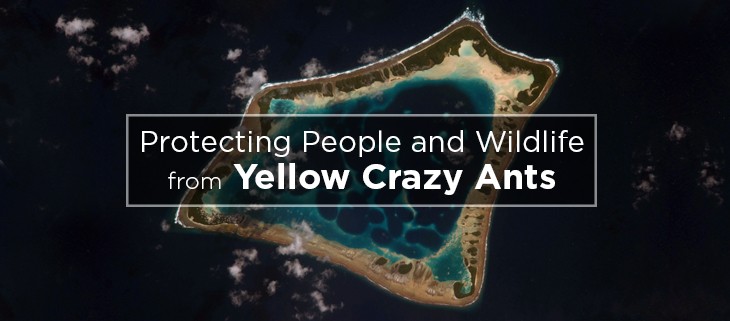
Have you ever been bitten or stung by an ant? If the answer is yes, then you might remember it as a rather unpleasant or at least irritating experience. Depending on the species of ant the pain can vary drastically. Yellow Crazy Ants have a particularly attack method–they spray formic acid to subdue prey.
A single Yellow Crazy Ant might look harmless but often the species travels in a swarm, which causes significant damage when they are introduced to island ecosystems. Having been accidentally introduced to several islands, including Hawaii and many Pacific islands, Yellow Crazy Ants have become well known in recent years as an invasive species that can be particularly difficult to control.
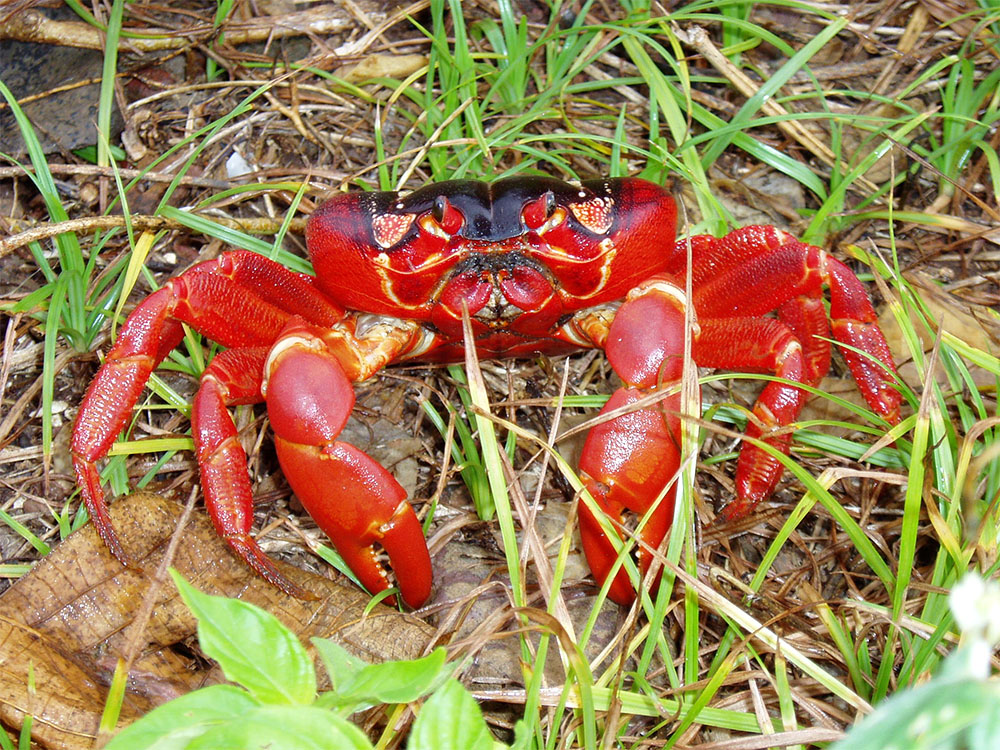
In recent years, a New Zealand based non-profit has been pursuing an eradication plan to protect native species on Pacific islands from the harmful invasive Yellow Crazy Ant. Dr. Monica Gruber, a program manager for Pacific Biosecurity, the non-profit based out of Victoria University commented:
Despite the huge impact of these pests, communities weren’t able to do anything to manage the ant populations because they couldn’t afford pesticides or other methods of ant control.
Again, a colony of ants might seem harmless to some, but their very painful sting is no small matter. The ants release formic acid which allows them to swarm and kill an animal up to 500 times their size. Conservation efforts appear to be helping on the islands Gruber explained:
We are delighted to report that we have significantly reduced ant numbers so that they are no longer causing problems.
Controlling the population of Yellow Crazy Ants in the Pacific is just the beginning for Pacific Biosecurity. Next, researchers will need to figure out the best way to completely remove the final Yellow Crazy Ant from an island–hopefully without getting stung themselves.
Featured photo: Atafu Atoll. Credit: NASA Johnson
Sources:
NZ Herald
Victoria
Wikipedia
Check out other journal entries we think you might be interested in.

October 29, 2025
Astounding evidence of recovery on Ulong Island in Palau after just one year!
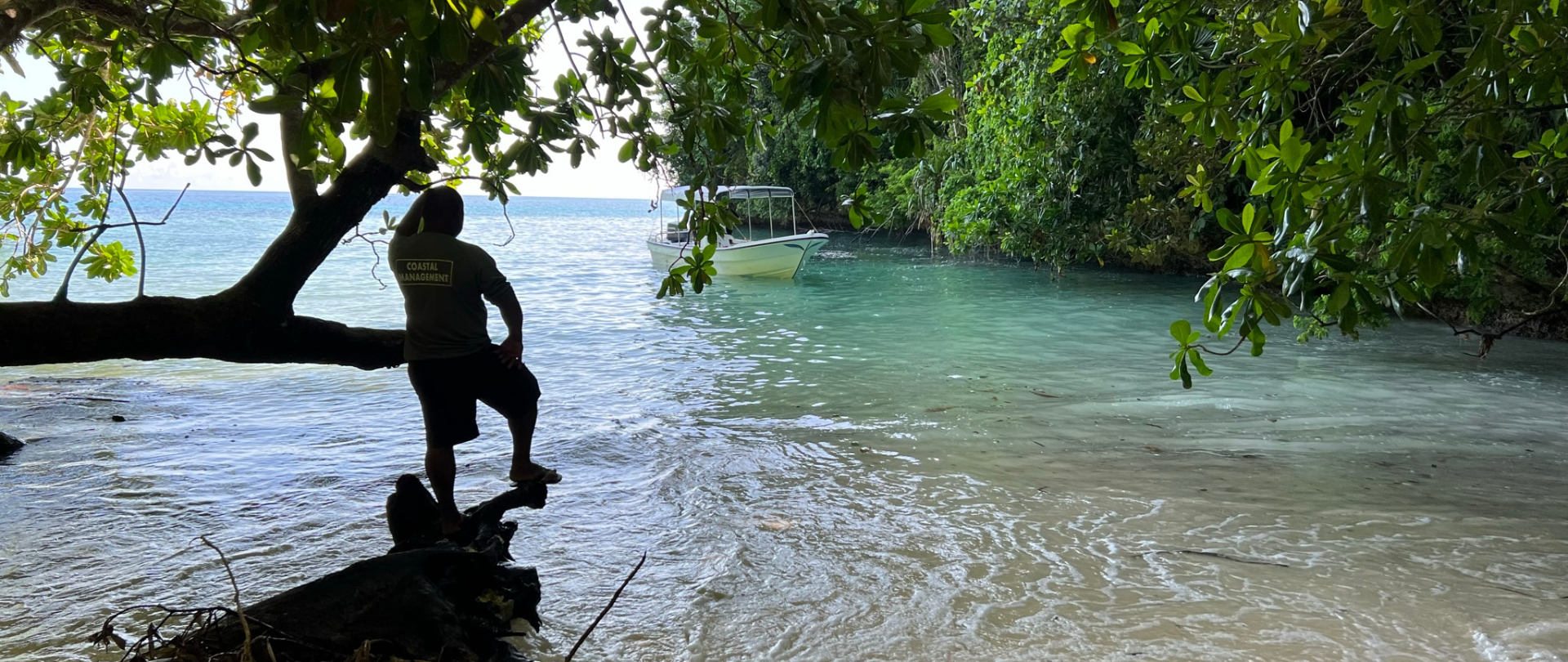
May 19, 2025
Read our position paper on The 3rd United Nations Ocean Conference (UNOC 3) to see why we're attending and what we aim to accomplish!
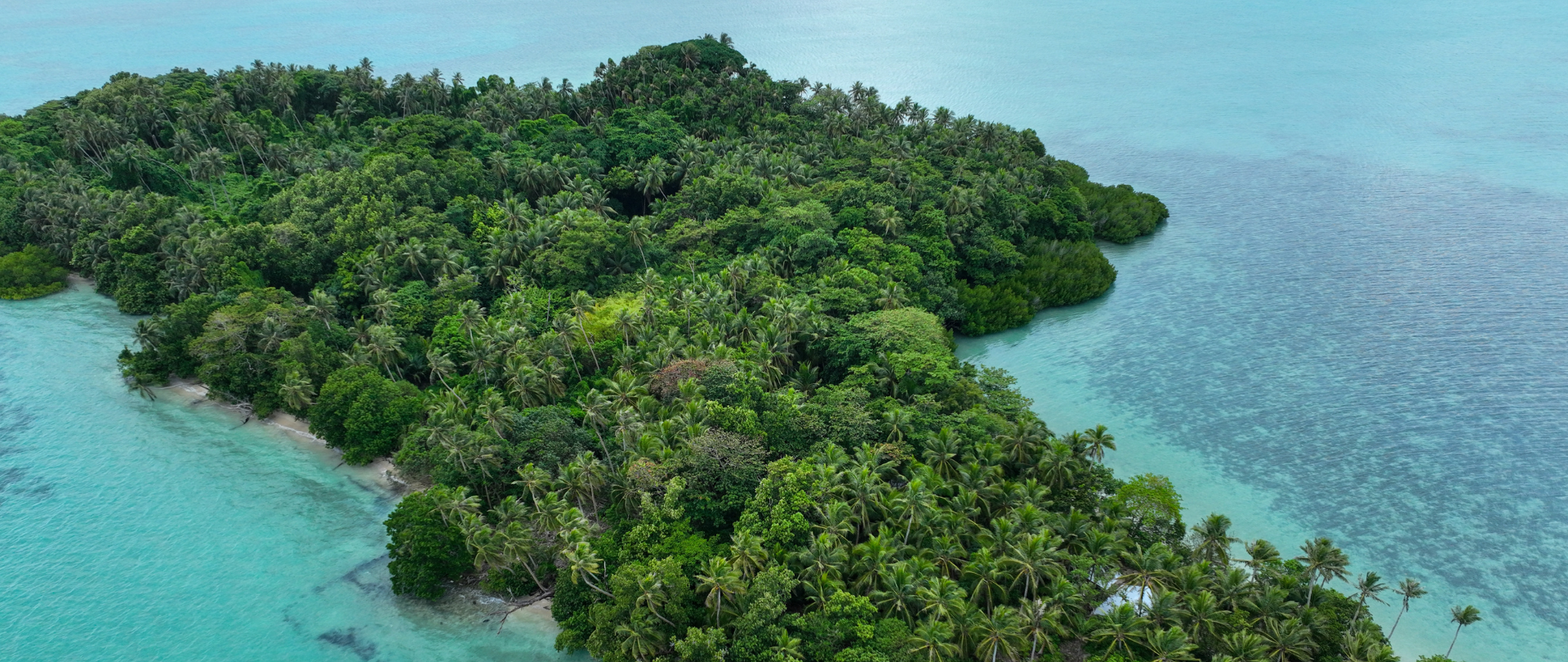
December 4, 2024
Ann Singeo, founder of our partner organization the Ebiil Society, shares her vision for a thriving Palau and a flourishing world of indigenous science!
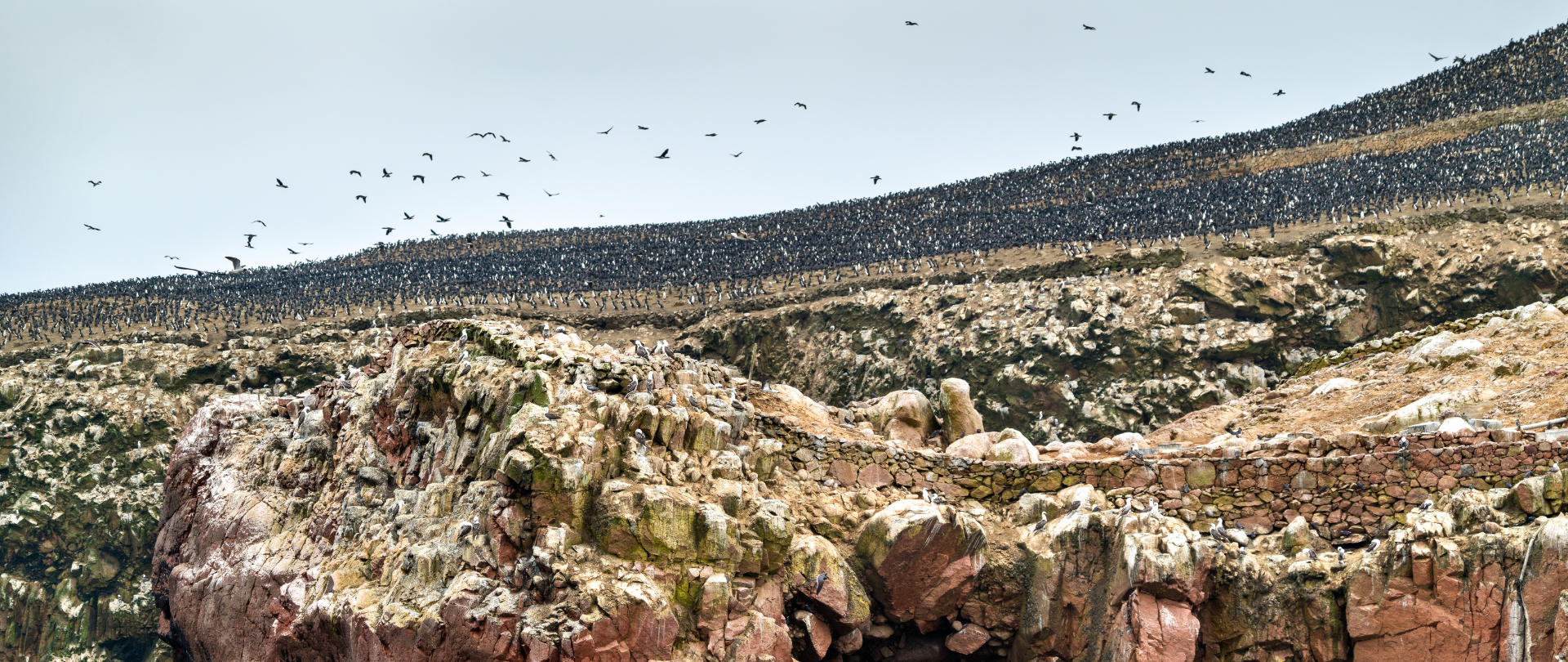
November 22, 2024
This historic agreement aims to protect the marine and coastal areas of the Southeast Pacific.
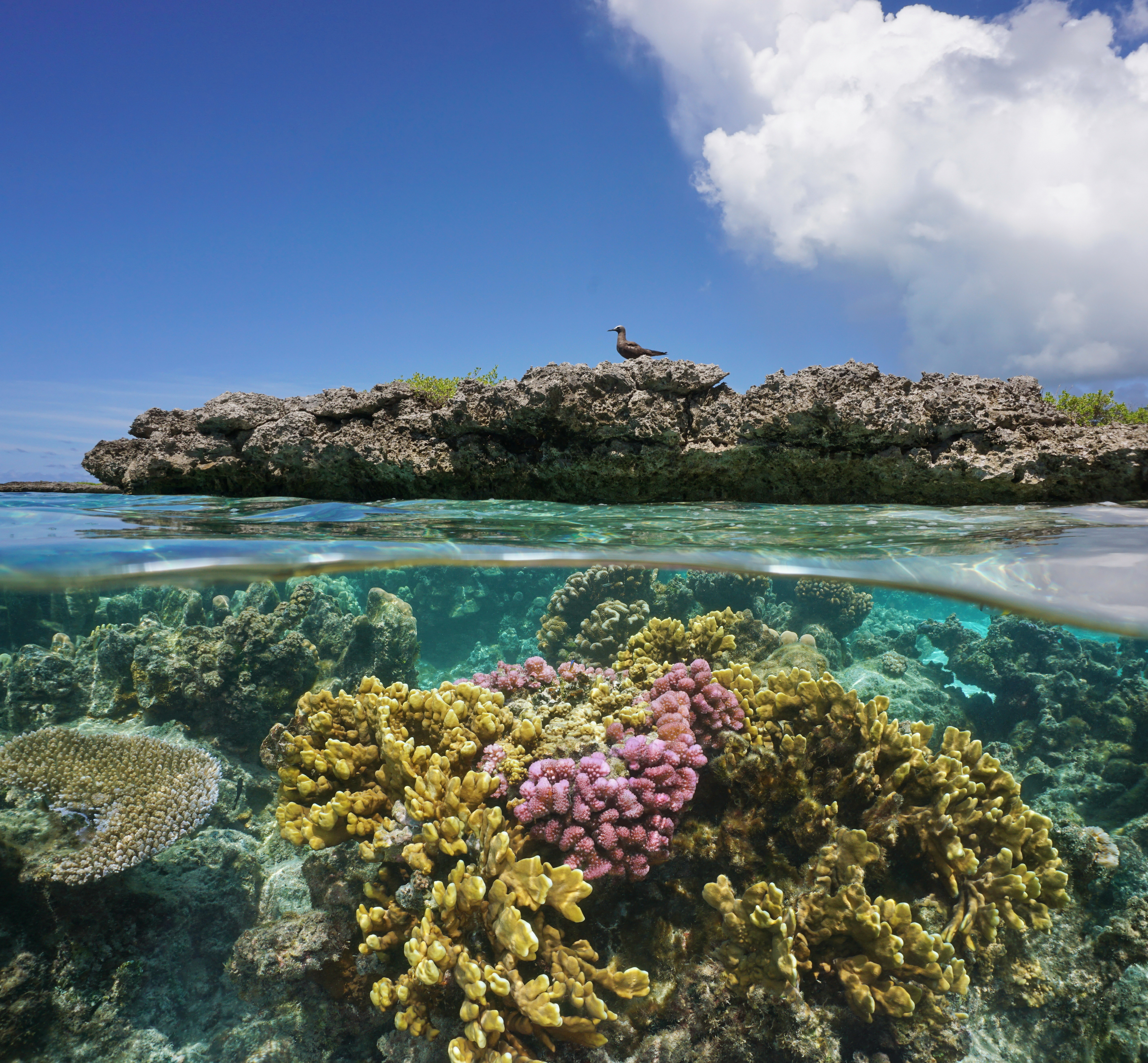
November 18, 2024
Our projects to restore key islets in Nukufetau Atoll forecast climate resilience and community benefits in Tuvalu!
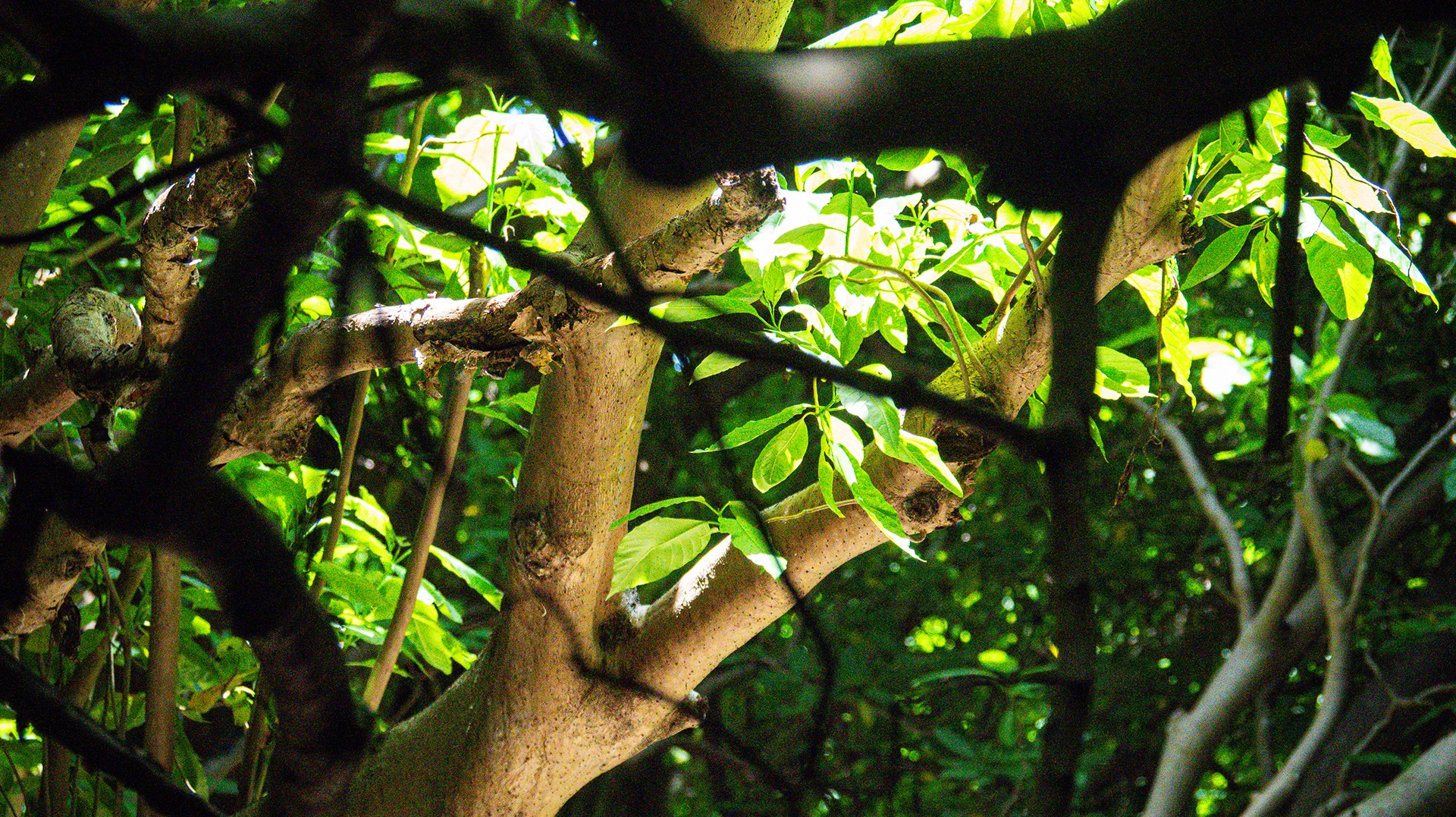
October 3, 2024
Island Conservation and partners have published a new paper quantifying ecosystem resilience on restored islands!
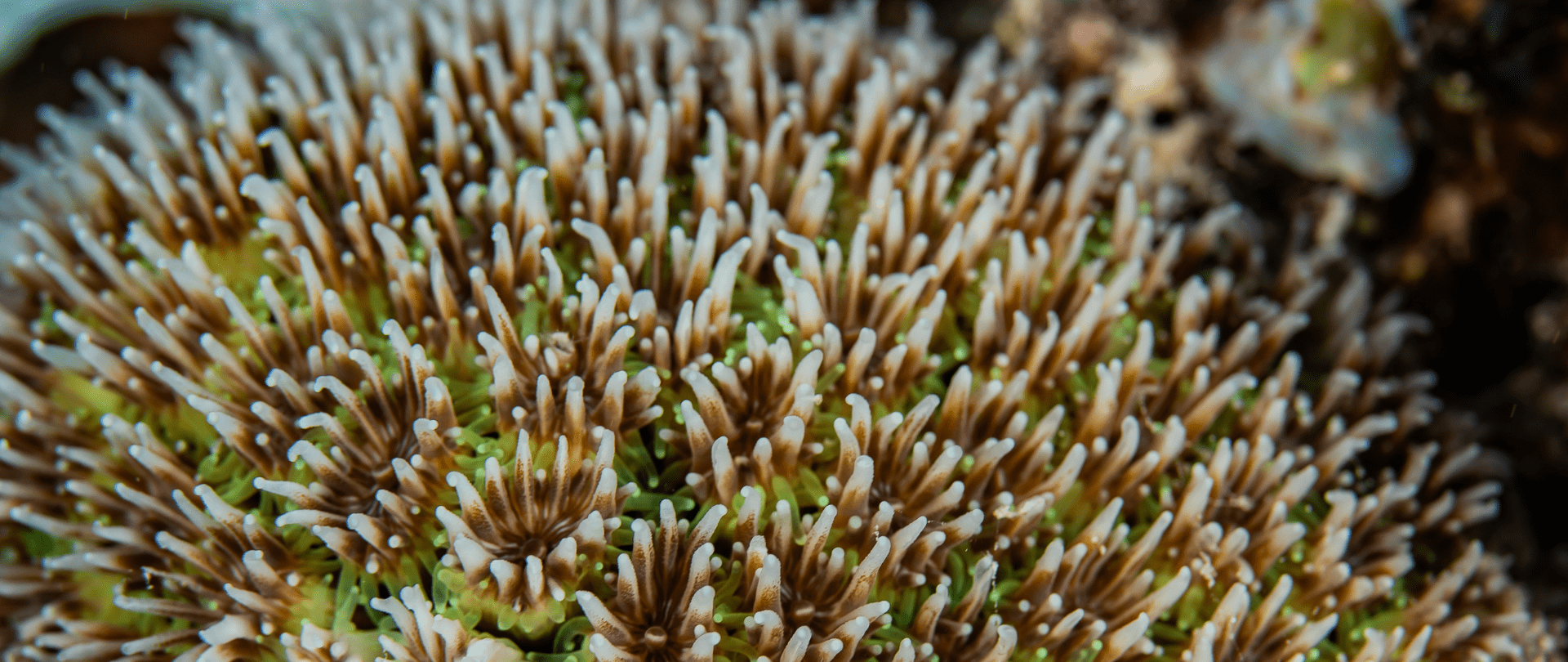
September 10, 2024
Climate Week NYC: what is it and why is it important? Read on to find out why Island Conservation is attending this amazing event!

September 5, 2024
With sea levels on the rise, how are the coastlines of islands transforming? Read on to find out how dynamic islands really are!

December 14, 2023
Join us in celebrating the most amazing sights from around the world by checking out these fantastic conservation photos!
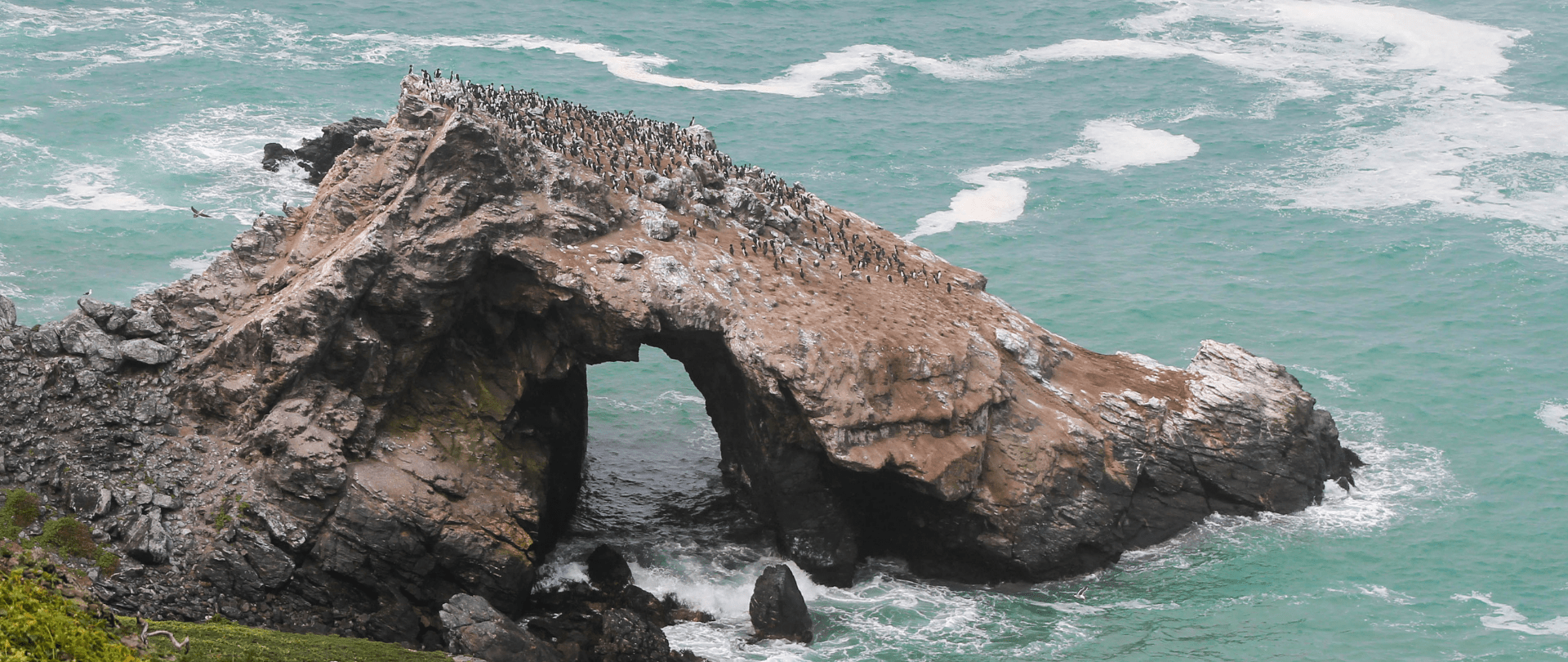
November 28, 2023
Rare will support the effort to restore island-ocean ecosystems by engaging the Coastal 500 network of local leaders in safeguarding biodiversity (Arlington, VA, USA) Today, international conservation organization Rare announced it has joined the Island-Ocean Connection Challenge (IOCC), a global effort to…